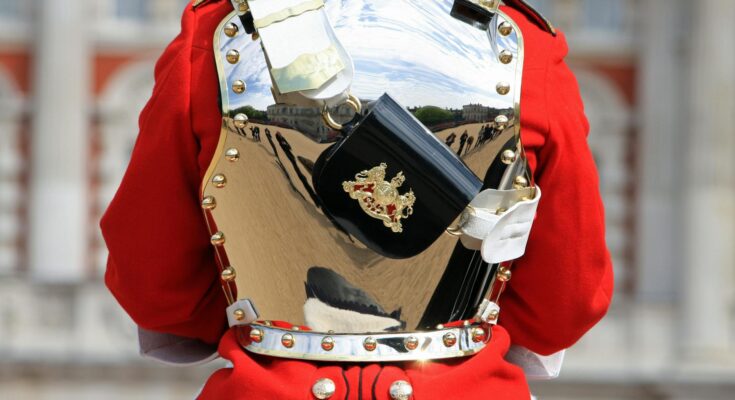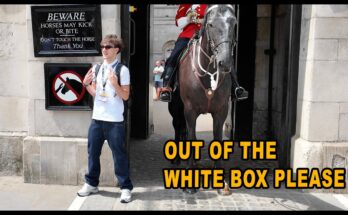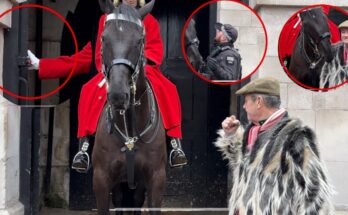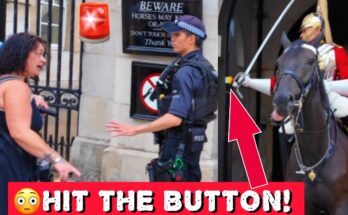The Royal Guard: a symbol of tradition, duty, and unwavering service. But what exactly *is* a Royal Guard? And what does their day-to-day life actually look like? This post delves into the common aspects of Royal Guard units worldwide, offering a glimpse into their history, training, and responsibilities.
A Brief History of Royal Guards
Royal guards have existed for centuries, evolving from simple bodyguards to highly trained military units. Their primary role has always been the protection of royalty and other high-ranking officials. Early forms of royal protection often relied on personal loyalty and armed retainers. However, the development of standing armies led to the formalization of royal guard units, with specific training, uniforms, and protocols. The history of specific royal guard units, such as the British Yeoman Warders or the Swiss Guards of the Vatican, is rich and fascinating, often intertwined with major historical events. 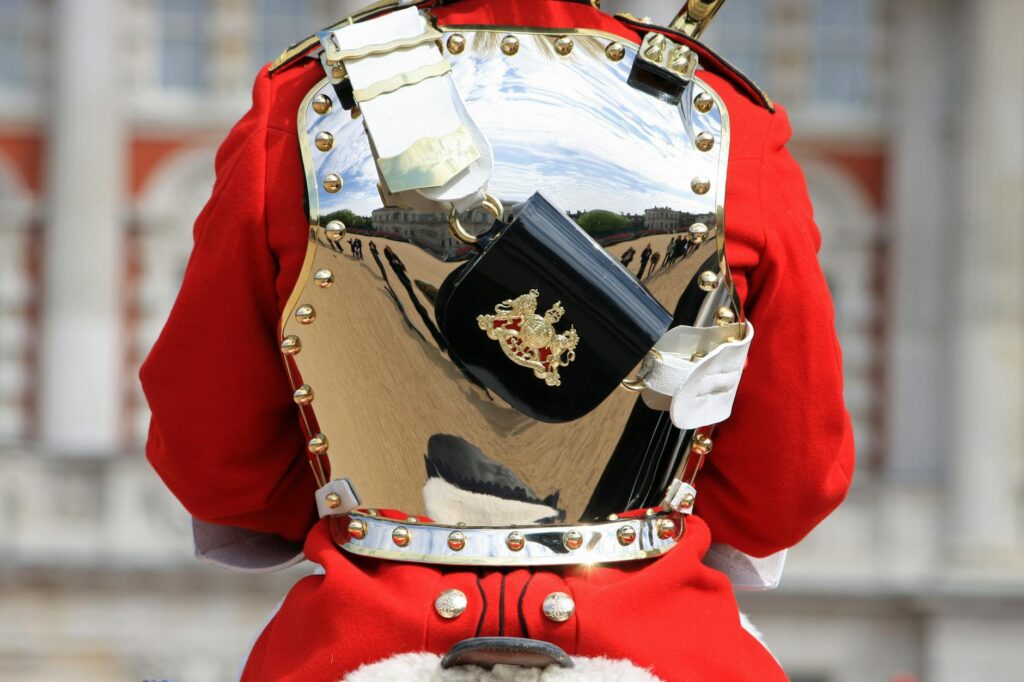
Training and Selection
Becoming a member of a royal guard unit is no easy feat. The selection process is typically rigorous, involving physical fitness tests, psychological evaluations, and background checks. Recruits undergo extensive training, learning hand-to-hand combat, weapons handling, ceremonial procedures, and security protocols. The level of training varies depending on the specific unit and its responsibilities. For some, it involves years of dedicated service and continuous improvement. This intensive training ensures that they are prepared for any situation, from ceremonial duties to emergency responses. 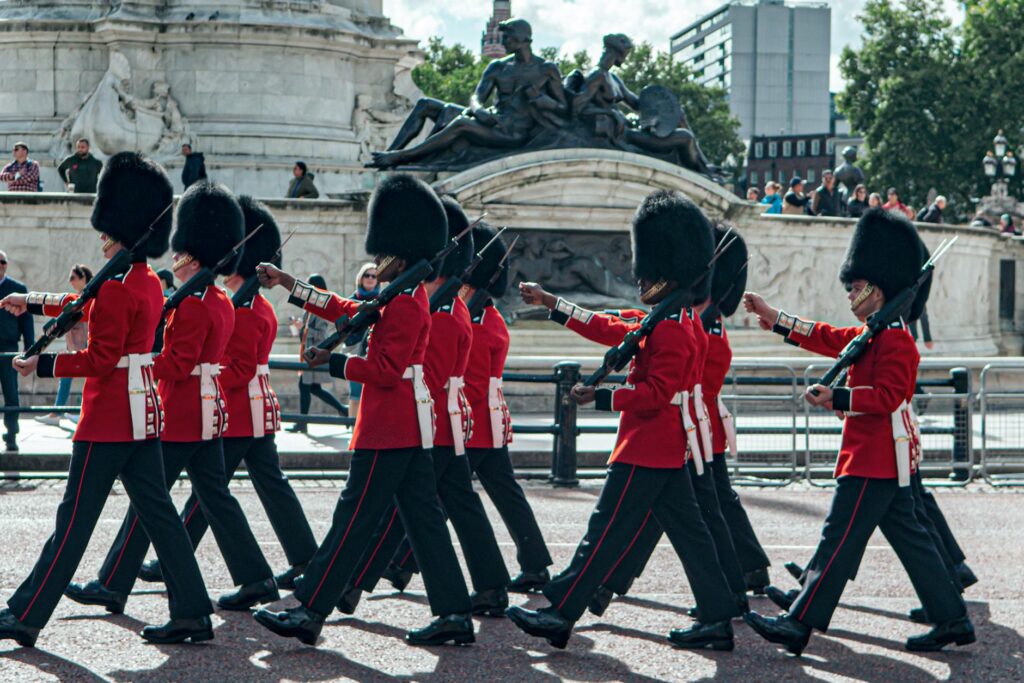
Ceremonial Duties and Public Image
One of the most visible aspects of a royal guard’s role is their participation in ceremonial events. These range from changing of the guard ceremonies to state visits and other public appearances. Their uniforms, often elaborate and historically significant, are a key part of these displays. The precise movements and unwavering discipline of the guards during these events are meticulously practiced and contribute significantly to the overall public image of the monarchy or institution they serve. These ceremonies are often popular tourist attractions, as seen with the Changing of the Guard at Buckingham Palace.
Security and Protection
Beyond the ceremonial aspects, the primary role of the royal guard is, of course, security. They are responsible for protecting the royal family, important state figures, and key locations. This involves constant vigilance, risk assessment, and proactive measures to prevent threats. Modern royal guard units utilize advanced technologies and strategies, alongside traditional methods, to ensure comprehensive security. The precise details of their security operations are naturally kept confidential, for obvious reasons. Learn more about modern security protocols utilized by similar organizations.
Weapons and Equipment
The types of weapons and equipment used by royal guard units vary significantly depending on their specific role, the historical traditions of their unit, and the technological advancements of their time. Historically, royal guards have employed a wide array of weapons, from swords and halberds to firearms and modern weaponry. However, the ceremonial role often emphasizes traditional weaponry, even if modern tools are used behind the scenes. [IMAGE_3_HERE] The specific equipment and the training needed to effectively use it are, again, dependent on the specific guard unit; comparing units across countries reveals many interesting differences. For example, the Gendarmerie has a very different role than the palace guards.
A Day in the Life
A typical day for a royal guard member involves a mix of duties. This may include ceremonial performances, security patrols, training exercises, and administrative tasks. The schedule can be demanding, with long hours and strict adherence to protocols. However, many members of royal guard units express deep pride and satisfaction in their roles, appreciating the history, tradition, and unique responsibilities that come with the job. Read about a day in the life of a specific royal guard for a more in-depth perspective. [IMAGE_4_HERE]
In conclusion, Royal Guards are far more than just ceremonial figures. They represent a vital combination of history, tradition, military precision, and unwavering commitment to duty and the protection of their charges. Their role is multifaceted, requiring a unique blend of skills and dedication.
Frequently Asked Questions
What are the physical requirements to become a Royal Guard? Physical requirements vary considerably between different royal guard units but generally involve high levels of fitness, strength, and endurance.
What kind of weapons training do Royal Guards receive? The training will vary greatly, but often includes both traditional and modern weaponry, depending on the specific unit and its responsibilities.
Are all Royal Guards military personnel? Not necessarily. While many are, some are drawn from police or other security forces, and the specific structure and composition differ across countries.
What is the typical career path of a Royal Guard? The career path can be varied and may involve promotions within the unit, specialized roles, or later transition to other security or governmental positions.
How can I learn more about specific Royal Guard units? Researching specific units online, visiting their official websites (where applicable), and checking out historical resources will provide a wealth of information.
